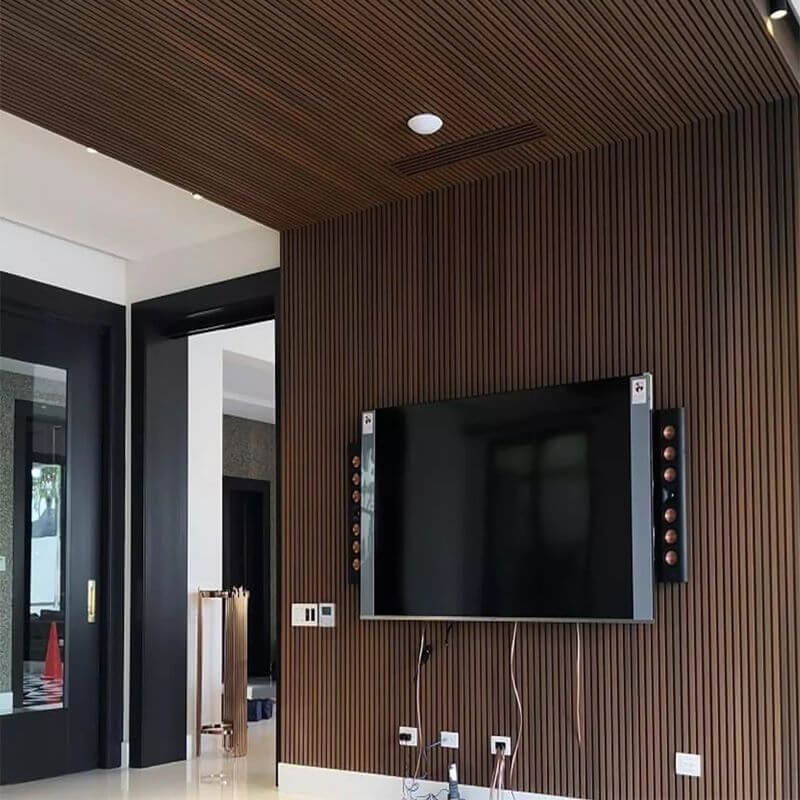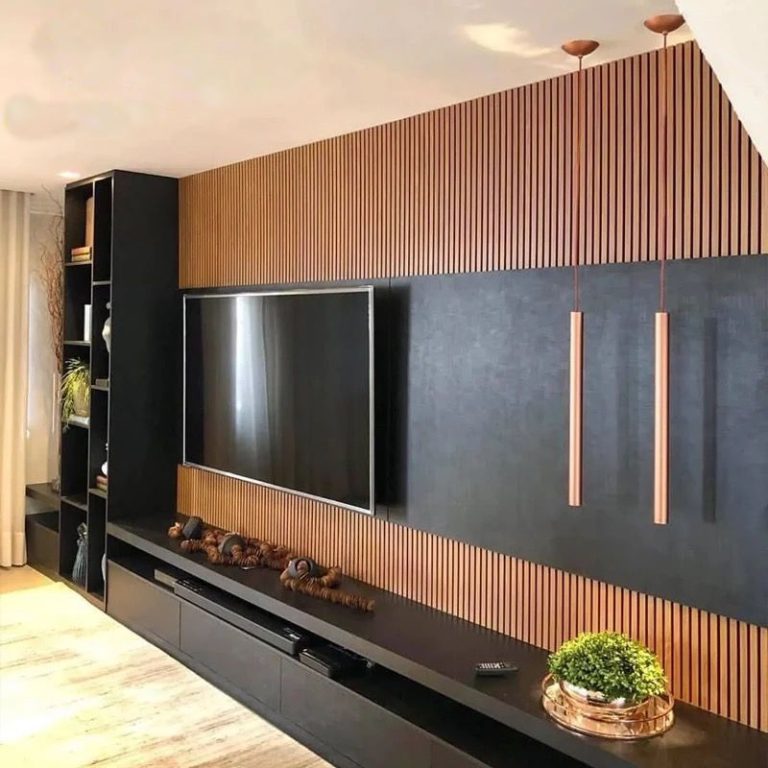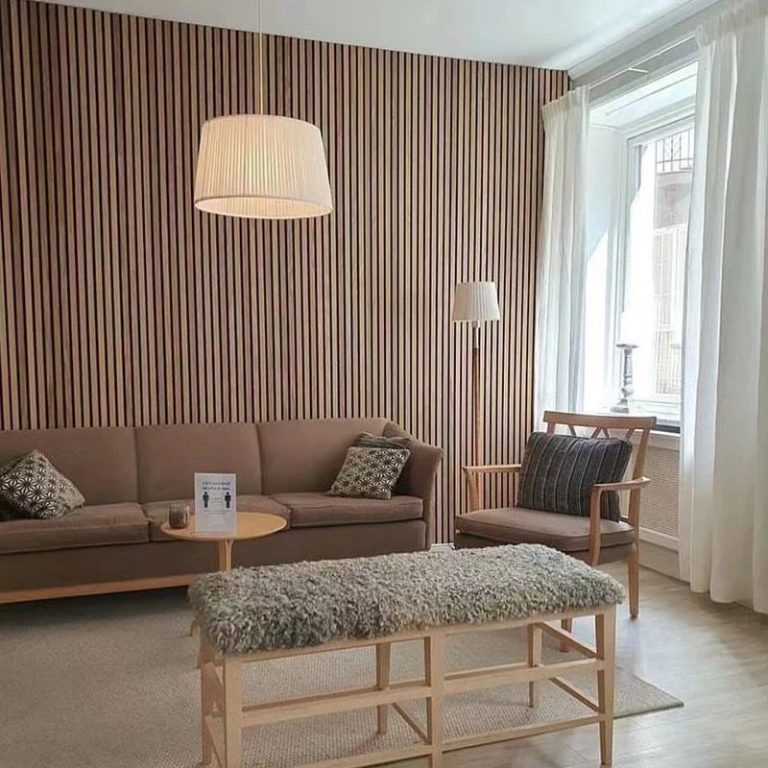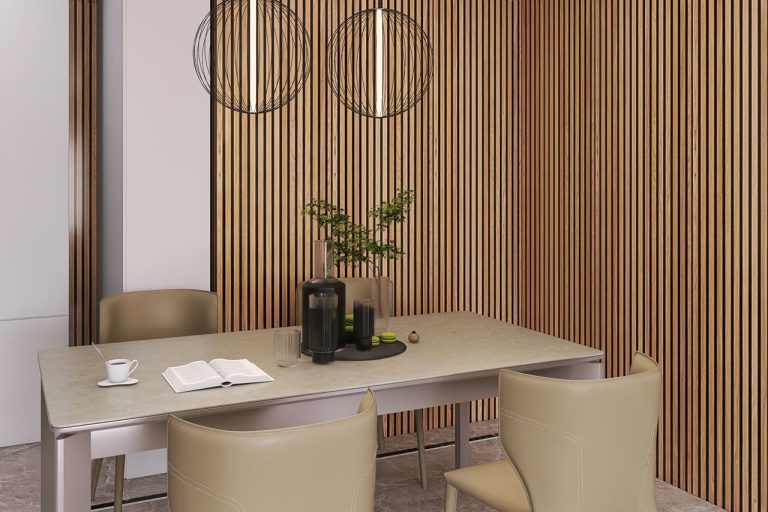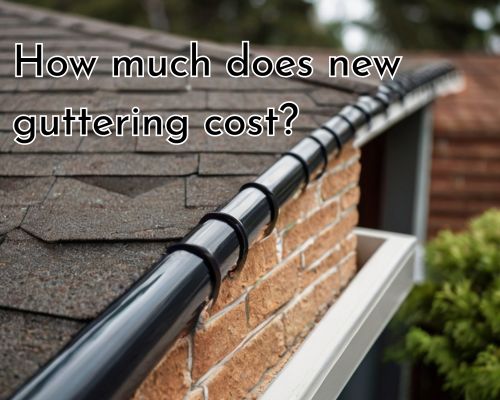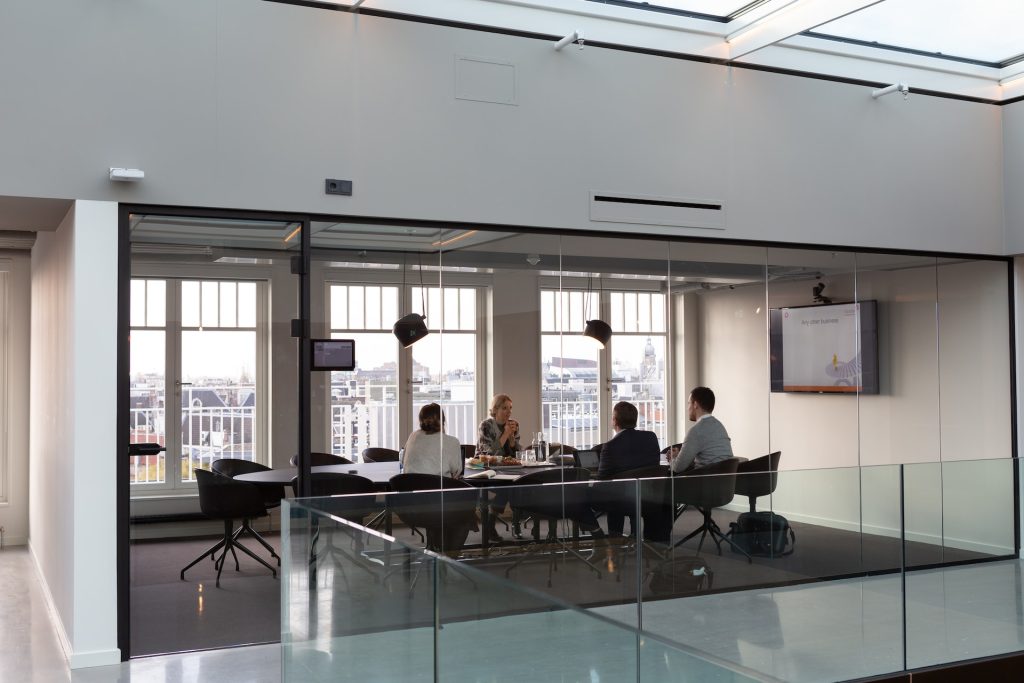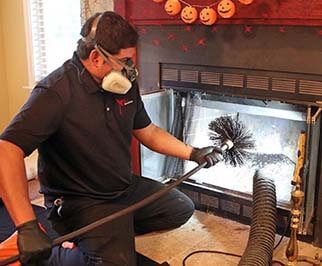
Why Hire Chimney ExpertsWhy Hire Chimney Experts
Owning a fireplace can bring warmth, charm, and comfort to a home. But what many homeowners don’t realize is how much behind-the-scenes care a chimney needs to stay safe and working properly. You might think a quick clean with a broom or vacuum is enough, but that’s where mistakes begin. When it comes to keeping your fireplace running safely and efficiently, there’s one group of people you should always call—chimney experts.
Chimney experts do more than just sweep out ashes. They spot danger before it starts, fix small problems before they grow, and help you avoid big bills down the road. If you’re wondering whether it’s worth hiring them, here’s what you need to know.
Chimney Experts Keep Your Home Safe
Fires start in chimneys more often than most people think. Creosote, a thick, sticky substance that forms when wood burns, is one of the biggest causes. It builds up inside the chimney walls and can catch fire if it gets too thick. Chimney experts are trained to remove creosote safely and thoroughly. Unlike basic DIY tools, they use professional brushes, vacuums, and inspection cameras to make sure nothing is left behind.
Chimney experts also check for cracks, loose bricks, or animals that might be living in the flue. These problems can block the chimney and cause smoke or carbon monoxide to leak into your home. If you want your fireplace to be warm but also safe, chimney experts make sure everything is running the way it should.
Here’s a quick list of things chimney experts check that most homeowners miss:
- Creosote buildup
- Animal nests or blockages
- Flue cracks or broken liners
- Chimney crown damage
- Water leaks around the chimney
That’s why so many homeowners now trust certified local professionals to keep their fireplace systems in top shape year-round.
Chimney Experts Help Save You Money
It might seem like hiring chimney experts costs more than doing it yourself, but the truth is, they can save you money. When you skip proper cleanings or repairs, your chimney can get worse over time. A small crack today might lead to a collapsed flue or major water damage next season.
Fixing major damage can cost thousands. But with regular inspections from chimney experts, small problems are caught early and solved quickly. That means you spend a little now to avoid spending a lot later.
Also, when your chimney is working properly, your fireplace burns more efficiently. That means you get more heat using less fuel—saving money on firewood or energy bills. And for homes with gas fireplaces or stoves, chimney experts make sure gas lines and vents are clear and safe, helping your systems last longer.
Here’s a simple comparison:
| Task | DIY Attempt | Done by Chimney Experts |
|---|---|---|
| Basic Cleaning | Incomplete | Full creosote and soot removal |
| Structural Check | Often Missed | Inspected with pro tools and lights |
| Leak Prevention | Overlooked | Seal cracks, check flashing and caps |
| Safety Risk | Higher | Fully assessed and reduced |
If you’re in California, chimney experts in places like California provide year-round service so you’re not stuck when you need help most.
Chimney Experts Make It Easy and Stress-Free
A lot of homeowners delay chimney cleaning because it sounds messy or hard to schedule. Chimney professionals take care of everything. They show up with drop cloths, vacuum systems, and protective gear to keep your home clean. Most visits are done in under an hour, and they’ll even give you a written report after the inspection so you know exactly what was done.
If your home is older or you’ve just moved in, chimney professionals also offer helpful advice on how to use your fireplace safely. They can recommend caps to keep rain out, screens to keep sparks in, and liners to make sure your chimney stays clean longer. This kind of guidance is especially valuable for new homeowners who are still learning the ropes.
To make managing home upkeep easier, more people are now using modern platforms that connect smart home tools and professional services together—helping track schedules and reminders for things like chimney care, gutter cleaning, or HVAC checkups.
FAQs
How often should I hire chimney sweeps for cleaning?
At least once a year. If you use your fireplace heavily in winter, consider two cleanings—one before and one after the season.
Are chimney sweeps certified or licensed?
Yes. Reputable chimney experts are certified by professional organizations and follow strict safety standards. Always ask to see proof of certification.
Is chimney cleaning messy?
Not when done by chimney experts. They use protective covers and vacuums to keep soot from spreading in your home.
Can chimney experts repair damage too?
Yes. Many also provide repair services for liners, masonry, caps, and even waterproofing.
How do I choose the right chimney expert?
Look for local experts with good reviews, certification, and experience. Always ask for an inspection report after the visit.
Hiring chimney experts may seem like a small detail in the big picture of home care, but it can make a huge difference. From fire safety and air quality to heating efficiency and long-term savings, they bring knowledge, tools, and peace of mind that no DIY solution can match. Whether you use your fireplace once a week or once a year, putting chimney care in expert hands is one of the smartest decisions you can make.

